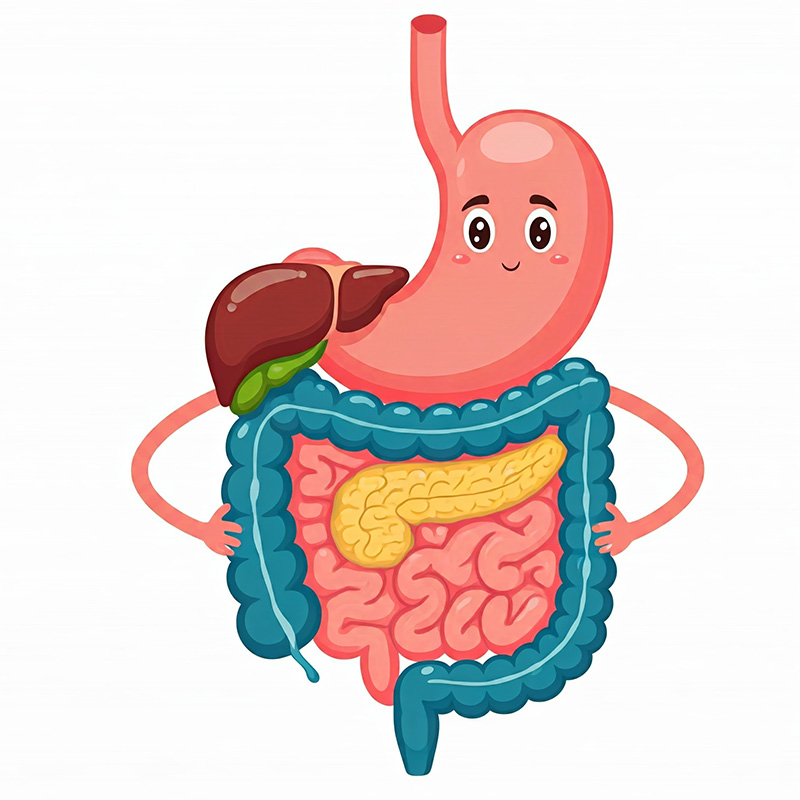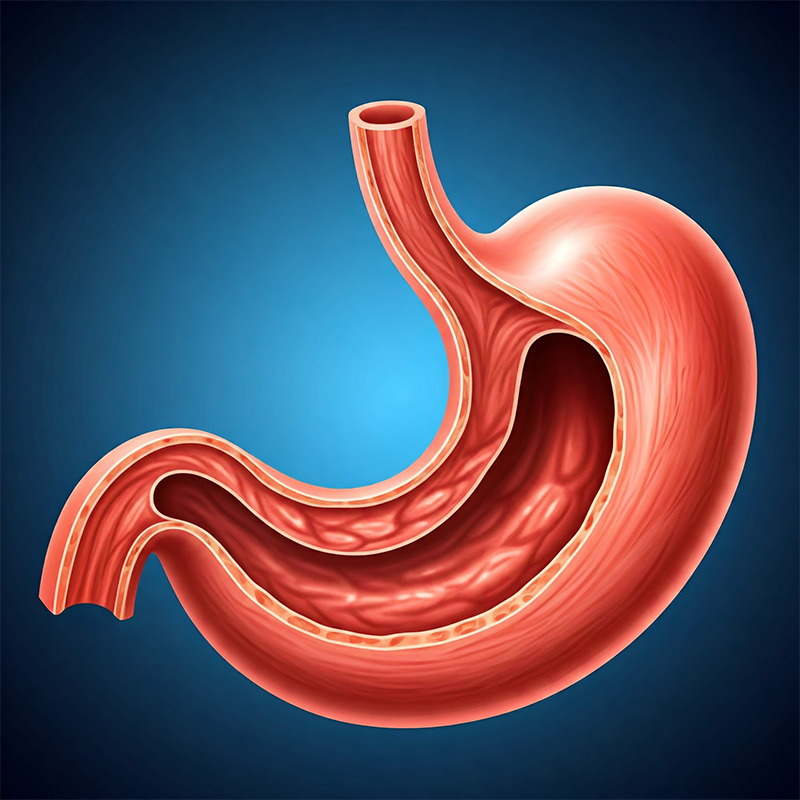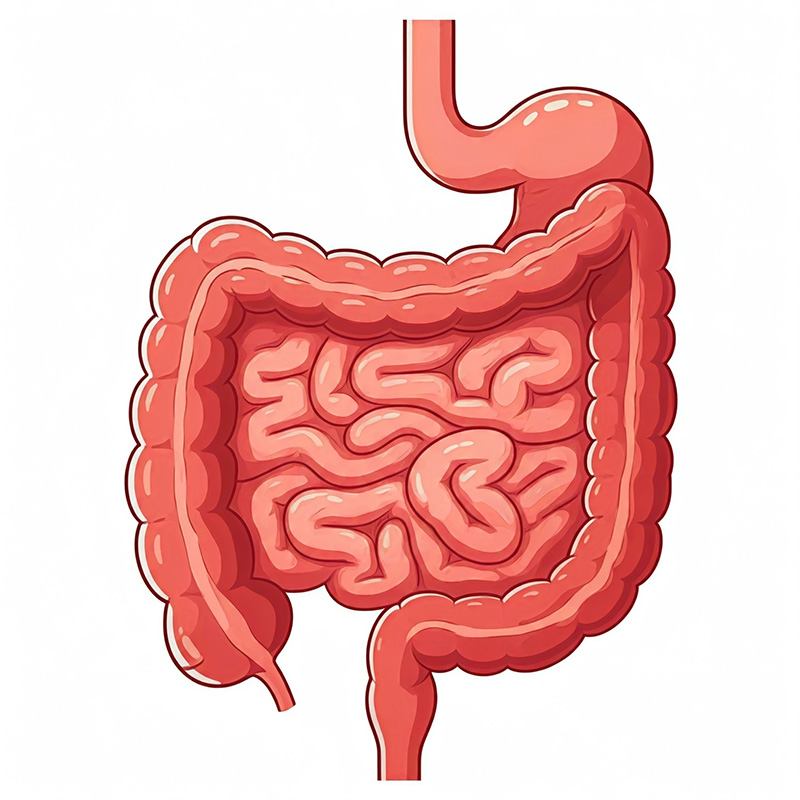The journey of food


Have you ever wondered what happens to the food we eat, such as an apple, once it enters our mouth? It takes an interesting journey through our bodies, beginning with the instant we take a mouthful and ending with the conversion of energy that provides us with power and energy. Let's follow the apple's journey through our bodies to see how it keeps us active and healthy!

When we bite into an apple, its journey begins in the mouth. Our teeth break up the apple into small bits to make it easier for the body to digest. At the same time, the salivary glands in our mouth generate saliva, which mixes with the meal, softens it, and begins to break down the sugars in the apple.
"Did you know? Your mouth makes over a liter of saliva each day-enough to fill a big soda bottle!"
After thoroughly chewing the apple, we swallow it. It then goes down the throat and enters the esophagus. The esophagus is a lengthy tube that transports food into the stomach. But it doesn't simply let the food tumble down! Instead, it squeezes and pushes the apple bit by bit, much like a small train going along its track.
The esophagus is about 10 inches long-about the length of a long school ruler! ?

Can you guess what happens to the apple in the stomach?
If you guessed it gets even softer and turns into a kind of 'apple soup,' you're right! But why does it need to become soup?
When the apple enters the stomach, a crucial procedure begins. The stomach is a powerful muscular sack that secretes digesting juices. These fluids break down the apple even further, transforming it into a thick soup-like consistency. The stomach continues to mix and churn this "apple soup" to ensure that each piece has been broken down and is ready for the next stage.

After exiting the stomach, the apple passes through the small intestine, a lengthy, curving tube. This is the most critical aspect of our adventure! The small intestine absorbs the apple's components, including vitamins and carbohydrates. These nutrients then pass through the intestine's walls into the bloodstream, where they circulate throughout the body, providing energy and keeping us active and healthy.
"Did you know? The small intestine is about 20 feet long-longer than most cars!"

At this point, the liver and pancreas come to assist the intestines! The pancreas secretes enzymes that help break down carbohydrates, proteins, and fats in our diet. Meanwhile, the liver works like a superhero-cleaning up nutrients and making sure they're ready to give our bodies a boost!.
Once all the good stuff is absorbed, the leftover bits of the apple (the parts our body doesn't need) are sent to the large intestine. Here, the body absorbs extra water, turning what's left into solid waste.
And then, the body is ready to say goodbye to whatever's left!
Finally, the carbohydrates and vitamins ingested from the apple are converted into energy, which allows us to play, run, and think. Every bite of apple provides strength and vitality, allowing your body to function better and keeping you active and healthy!
that your stomach makes a special noise when you're hungry? It's called a "rumble" and happens when your stomach and intestines are moving to mix up food, even if there's nothing in them! So next time your tummy growls, it's just your body saying, "Hey, time for a snack!" ?
Have you ever heard your tummy rumble before?
An apple's trip within our bodies is long and thrilling! From the mouth to the large intestine, the apple goes through several phases before being converted into energy and the remainder becoming waste. So, the next time you eat an apple, remember this incredible trip and how each bite of food helps our body gain power and energy.